
Plastic bread bags. Newspaper bags, produce bags, dry cleaning and food storage plastic bags. More and more people are taking advantage of RecycleSmart’s plastic bag recycling program.
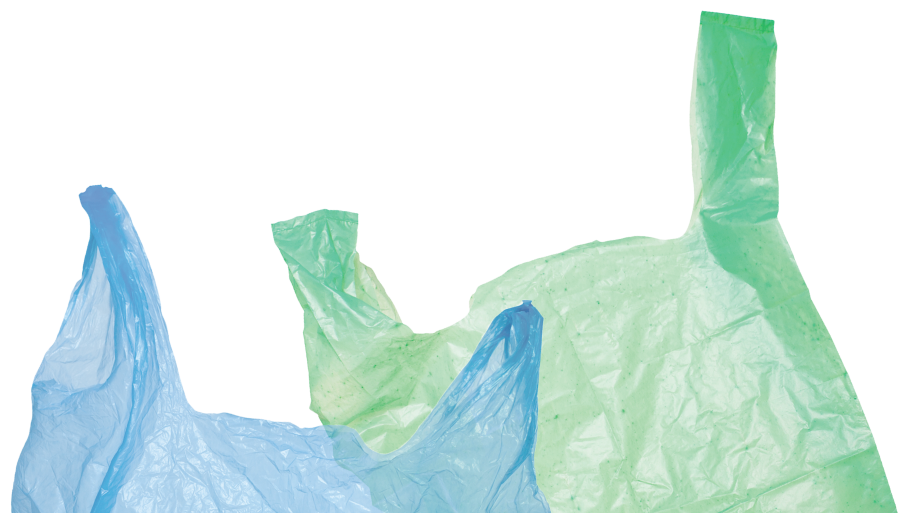
Almost any clean plastic bag can easily be recycled in your blue cart. Just put all the clean bags into one large plastic bag and pop it in your blue cart (check out page 3 to see where they go). Putting the bags in one large bag helps in the plastic sorting process—individual bags can jam the machinery. While many communities have banned plastic bags—for bagging up your groceries for example—there are many other plastic bags we all still collect. Many of us reuse bags for other purposes, but when you’re eventually ready to get rid of them, they can find new life as packaging, crates, pipe, composite lumber and even clothes.
And here are even more plastic bags you can recycle: plastic wrap on cases, retail clothing bags, plastic bubbles and air pillows and the wrapping for napkins, paper towels, bathroom tissues and all other filmy plastic packaging.
Do our communications and website provide useful information? Take our 2-minute survey and give us your thoughts.
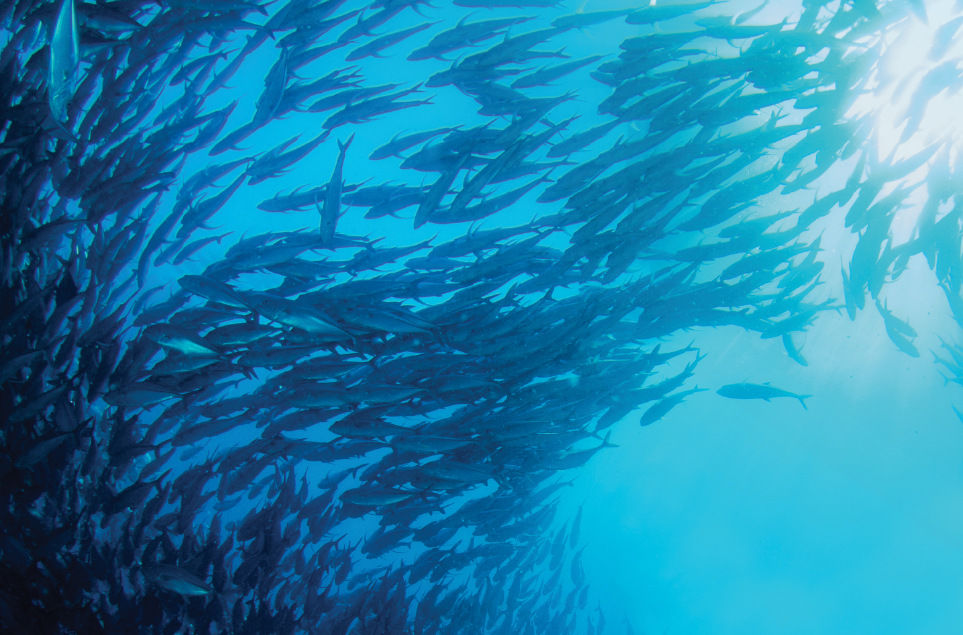
You know those teeny, tiny little dots in some facial and body scrubs, soap and toothpaste? They’re plastic microbeads and they’re big trouble. As of this summer, they’re banned (a bill passed unanimously by the U.S. Senate two years ago). Microbeads and microplastics, from things like fleece and synthetic clothing, enter wastewater when we wash. In fact, one fleece jacket sheds about 2,000 tiny plastic fibers every washing.
Wastewater treatment plants weren’t built to screen these tiny pieces of plastic—we can’t even see them. So most flow into the ocean. And they don’t biodegrade in water; they break down into yet smaller and smaller pieces. They also attract chemicals like DDT and pseudo estrogens that attach to them. Small fish think they’re plankton and eat them, larger fish eat the smaller fish and then…we eat those fish. The rest of the fibers end up in the sludge that gets composted and used as fertilizer for fruits and vegetables.
If you look for the words “polyethylene” or “polystyrene” on products you’ll know if you have microbeads.
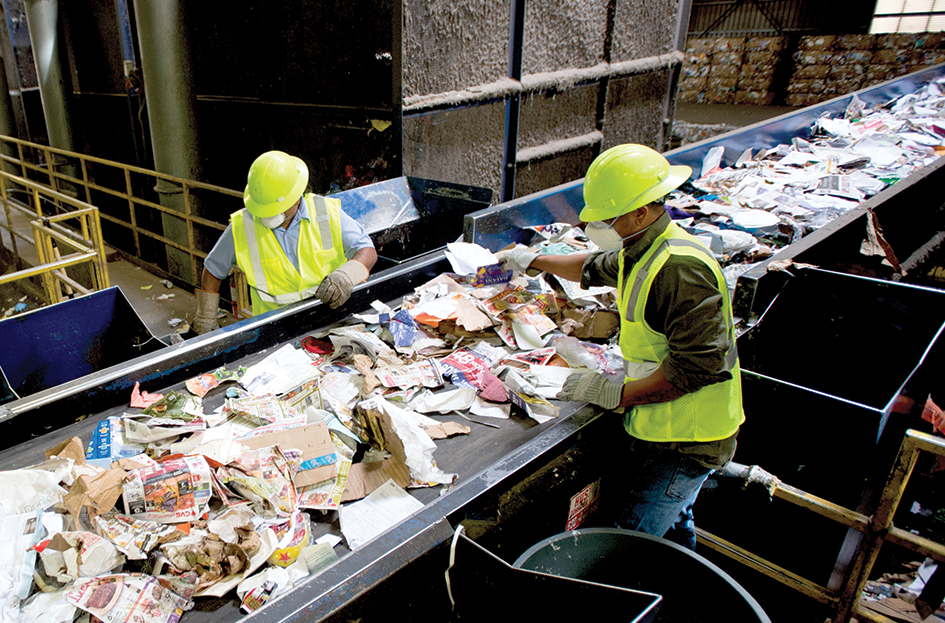
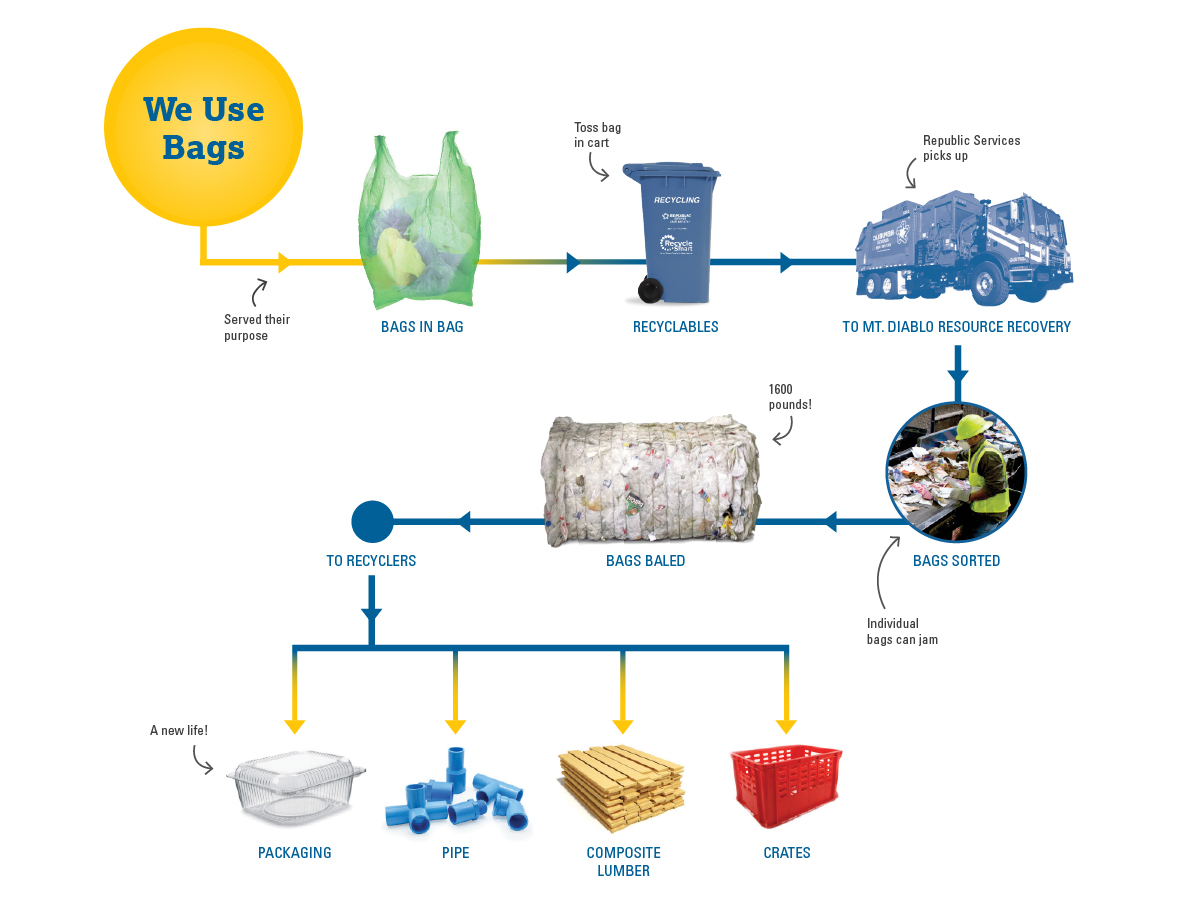
RecycleSmart is one of the few waste management services to accept plastic bags in your weekly curbside pickup. Plastic bags are usually polyethylene, which is made from natural gas and petroleum. Recycling one ton of plastics saves up to 2000 gallons of gasoline.
And bags stick around—they can take centuries to decompose in a landfill. Sometimes they take flight, littering our roadways and waterways and ending up in the ocean (the Great Pacific Garbage Patch is one of five major oceanic trash gyres, mainly consisting of plastics and chemical sludge).
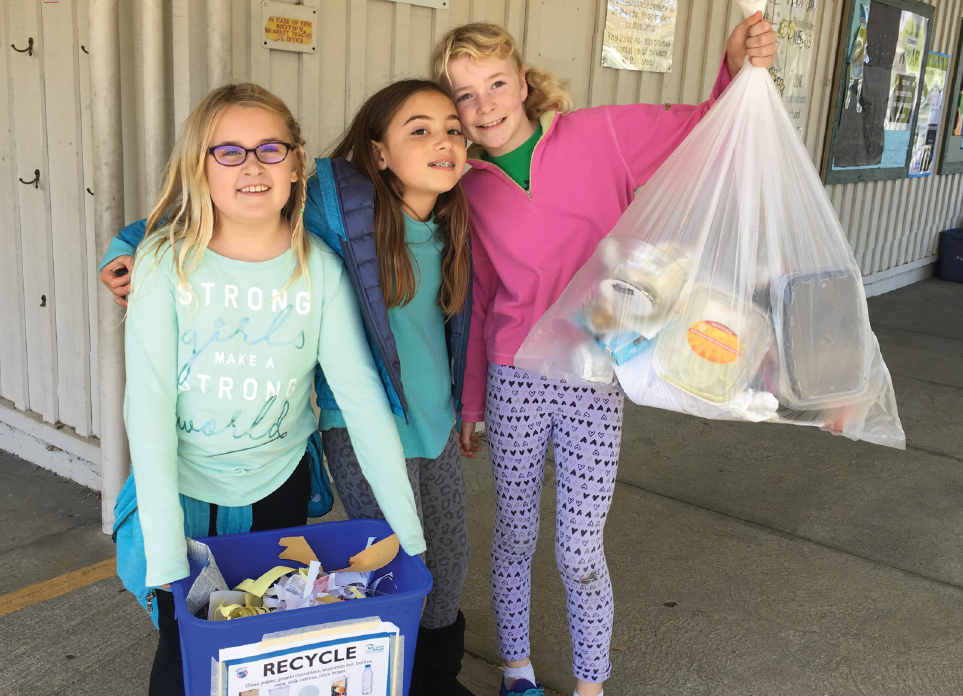
Students at Walnut Acres Elementary are changing what they think about “trash.” They’ve reached 76% diversion out of landfill and are aiming for 80%!
Located in the shadow of Mt. Diablo in Walnut Creek, the K-5 school has a robust Green Team program called “Recycle Club.” “Students vie to join the Club,” says parent coordinator Marci Cole Ekberg. Teachers of 4th and 5th grade classes each select two-to-three students to join, based on an essay. “The kids collect recycling from classrooms twice a week and put it in the larger bins so the janitors don’t have to.”
Last year, the students also wrote and performed a play about keeping trash out of the ocean. “This year we’re doing the Recycle Club Game,” Ekberg says. She and the kids constructed large posters, using materials provided by RecycleSmart. “Posters show the three bins (blue, green and black) and have Velcro tabs under each. The students go to all the classrooms and hand out laminated photos of items. “Then they have students match the item to the correct bin.” Next up: the Zero Waste Lunch Challenge, focused on reusable containers and water bottles. “Winning classrooms get extra minutes of recess.” Sure to be a big hit!
Photo from left to right: Grace Ridlehoover, Ava Contreras and Lucy Ekberg.
Check out RecycleSmart programs at recyclesmart.org/schools or give us a call directly at 925-906-1801; we’re here to help boost all school recycling programs.
Walnut Creek residents, your single-family homes diverted 69% of waste away from landfills in 2016. And we know you’re aiming even higher for 2017 and beyond. With RecycleSmart services, as much as 80% of waste can go into blue and green carts.
From 19% in 2012 to 59% in 2017—that’s how much diversion from landfill has increased in schools!
RecycleSmart is making a dramatic difference in school recycling and composting, and its program recently won a 2017 Gold Award of Excellence for Education from the Solid Waste Association of North America (SWANA).
Schools are not required to participate in recycling and composting services. “But all 49 public schools and 9 private schools in our area are now recycling and composting,” says Ken Etherington, RecycleSmart Executive Director.
The school recycling program includes:
RecycleSmart provides teacher and custodial training, technical assistance, lesson plans, collection containers, stickers and posters, and custodial equipment.
KID'S CORNER
When you’re done with your milk, why not play with the jug? Here’s how to make a milk jug ball toss:
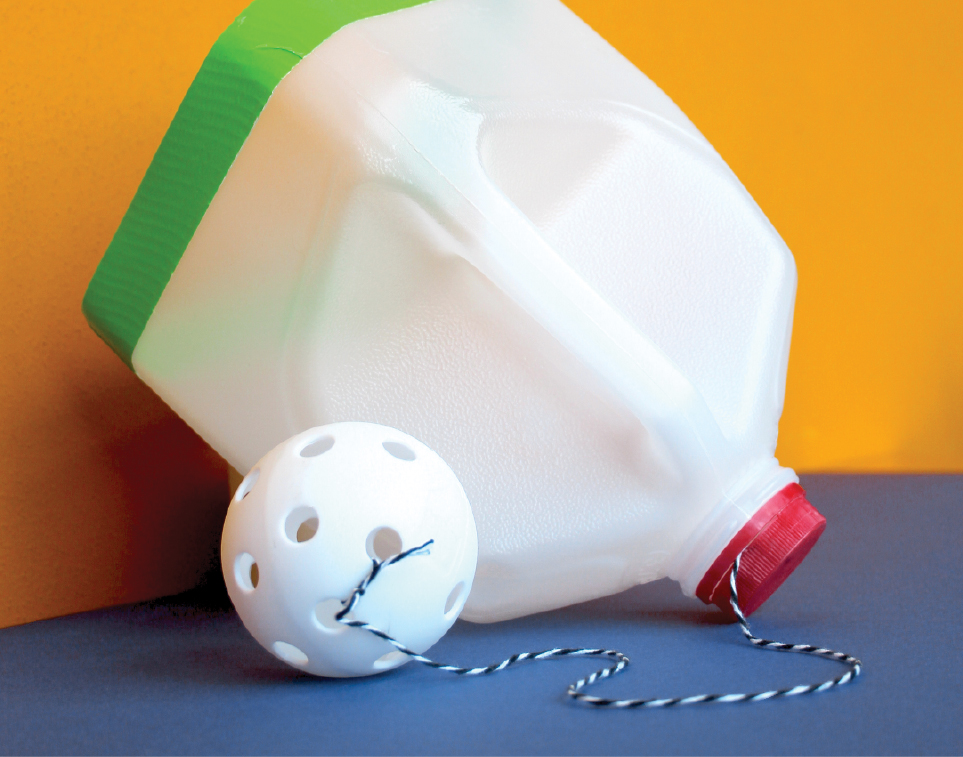
With a parent, cut off the bottom of the jug
Wrap the edge with duct tape in your favorite color.
Get a whiffle ball (or you can make a yarn pom pom).
Run string through the top to the bottom of the jug and put the top back on.
Tie the string so there’s some length left (how long depends on your height).
Tie the other string end to a whiffle ball.
Hold the jug by the hand, let the ball hang down and take turns tossing up and catching the ball in the jug!